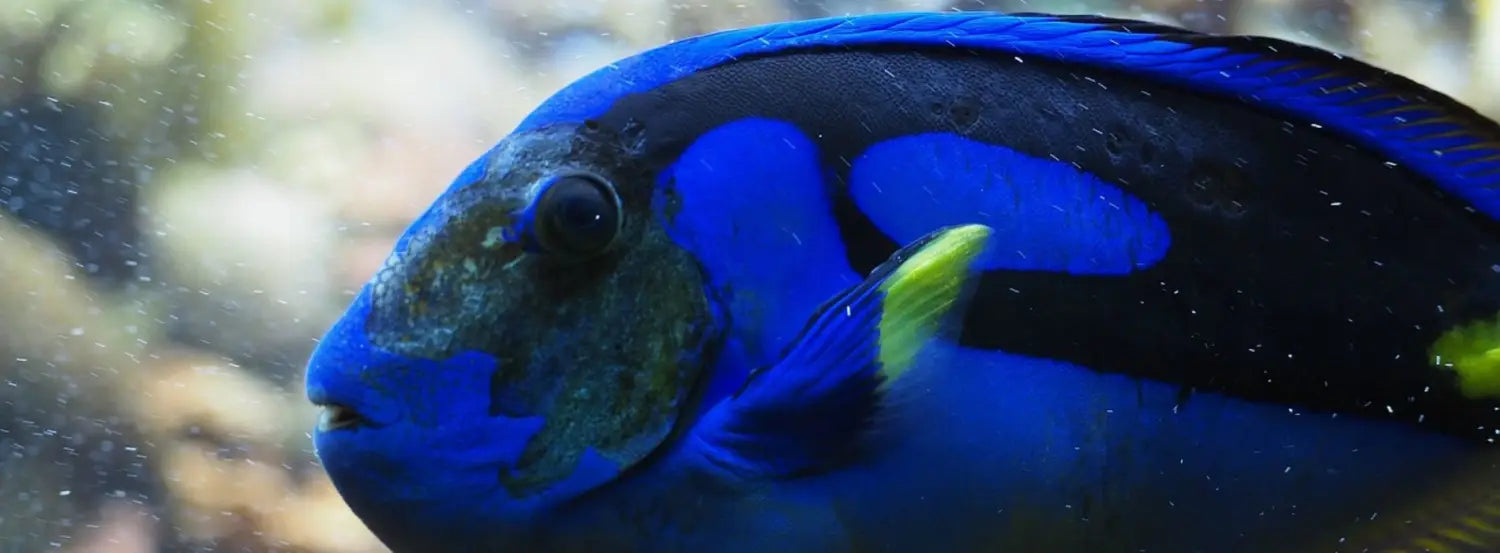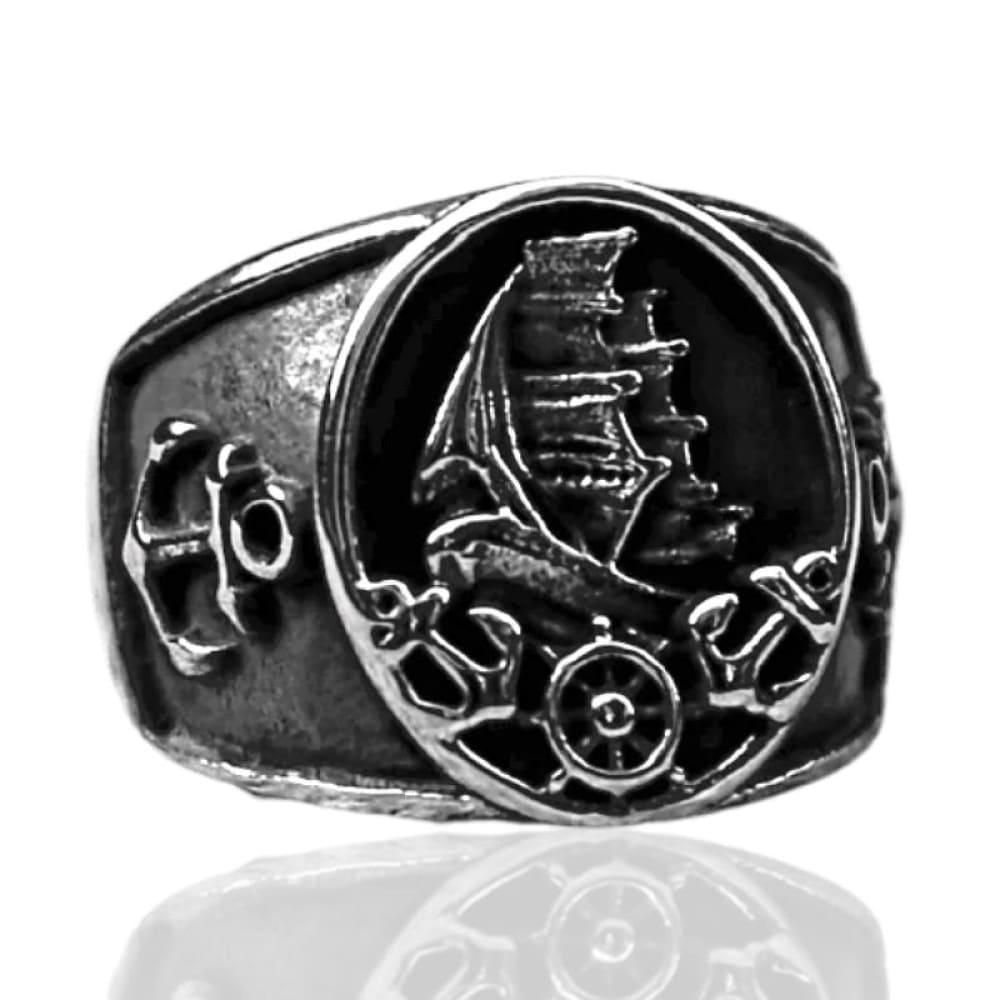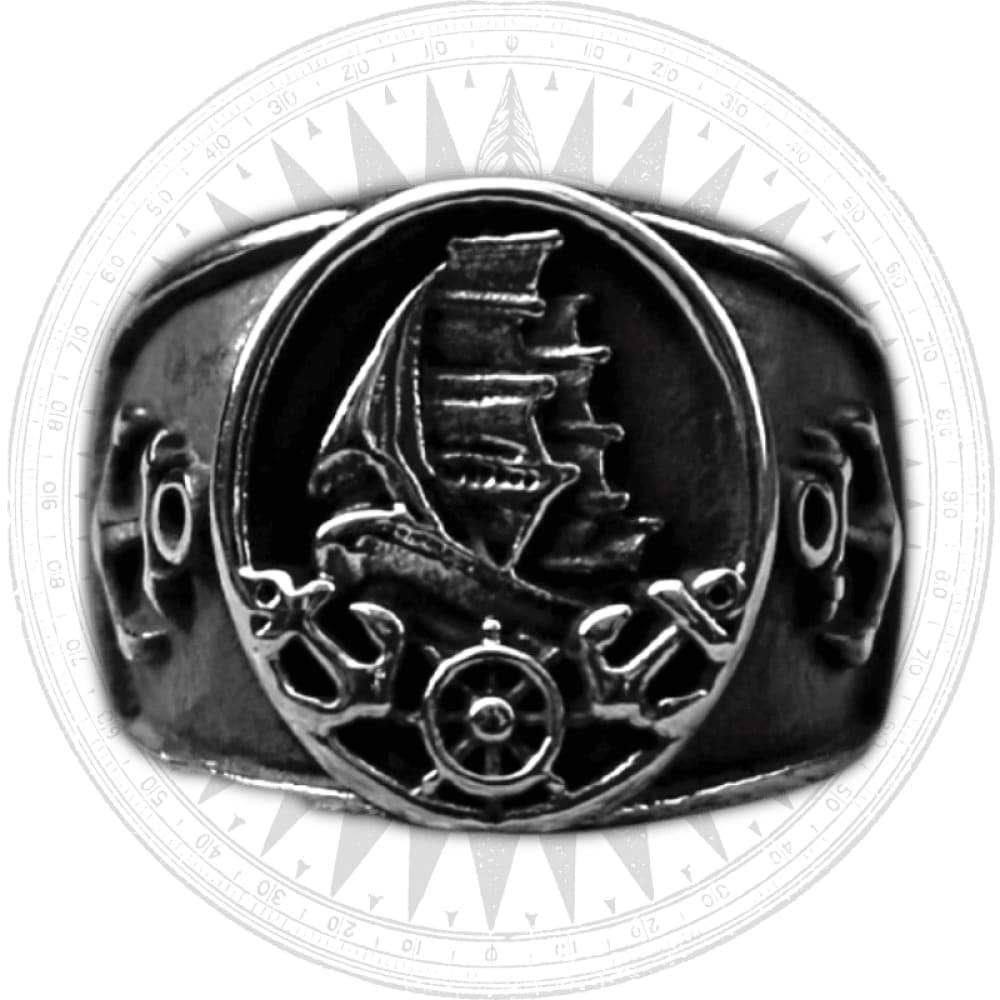The mesmerizing blue tang, scientifically known as Paracanthurus hepatus, is a captivating fish that can be found in the clear waters of coral reefs. Its vibrant coloration, with shades of royal blue and canary yellow, makes it easy to spot in its natural habitat. In this article, we will explore the intriguing world of this surgeon fish, uncovering its unique characteristics, habitat, diet, and the challenges it faces for survival.
The Blue Tang: A Marvel of Nature
The Paracanthurus hepatus is a species of surgeonfish, belonging to the family Acanthuridae. It is commonly referred to by various names, including palette surgeonfish, regal blue tang, hippo tang, flagtail surgeonfish, and royal blue tang. With its distinctive color patterns, the paracanthurus hepatus has become an iconic fish, thanks in part to its appearance in popular culture, notably as the beloved character Dory in the movie "Finding Nemo."
Appearance and Coloration

The blue tang exhibits a striking coloration that has captivated the imagination of ocean enthusiasts worldwide. Despite its name, the flagtail surgeon's color patterns are not as straightforward as one might think. Juvenile ones, for instance, display a bright yellow coloration, which gradually transitions to the iconic royal blue as they mature. Interestingly, adult paracanthurus hepatus can also flush deeper blues and violets when they are under stress.
Defense Mechanisms
While they may seem harmless, it possesses a unique defense mechanism to protect itself from predators. When threatened, the fish can raise a pair of razor-sharp, venomous spines on either side of its tail. By whipping their bodies from side to side, blue tangs can threaten and potentially injure predators with their toxin-tipped spines. It is essential to note that humans should avoid handling them, as their spines can cause injury and may carry a risk of ciguatera poisoning.

Mistaken Identities
This surgeon fish is often confused with other fish species that share similar names or physical characteristics. For example, the Acanthurus leucosternon, commonly known as the powder blue, can be distinguished by its black face. Another species, the Acanthurus coeruleus, resides in the Atlantic Ocean, on the other side of the world from the paracanthurus hepatus natural habitat in the Indo-Pacific. This confusion highlights the importance of assigning scientific names to animals, ensuring clarity and accuracy in their identification.
Habitat and Diet of the Blue Tang
The flagtail surgeonfish inhabits the clear waters surrounding coral reefs in the Pacific and Indian Oceans. Its range spans from the eastern coast of Africa to American Samoa. These tropical waters provide the ideal environment for the its survival and are vital for the health of the coral reef ecosystem.

Coral Reef Ecosystems
Coral reefs are marine ecosystems teeming with life, and the paracanthurus hepatus plays a crucial role within this intricate system. These fish primarily feed on algae, using their small, sharp teeth to scrape and nip algae off the coral reefs. By doing so, blue tangs contribute to the ecological balance by preventing the suffocation and death of coral caused by excessive algae growth. This symbiotic relationship between them and coral reefs underscores the delicate interconnectedness of marine life.
Threats to Survival
While this surgeon fish is currently listed as a species of least concern by the International Union for Conservation of Nature (IUCN), it faces various threats that could impact its long-term survival. One significant concern is the collection of them for the aquarium trade. Until recently, they were primarily sourced from the wild, as breeding them in captivity proved challenging. This demand has resulted in the removal of an estimated quarter-million paracanthurus hepatus from their natural reefs each year.

In addition to the aquarium trade, this surgeon fish habitat is under threat from factors such as ocean acidification and coral bleaching. These environmental changes can lead to the degradation and loss of coral reefs, affecting the availability of suitable habitats for the blue tang and numerous other marine species.
Conservation Efforts and Future Outlook
Recognizing the importance of preserving this surgeon fish natural habitat and populations, conservation efforts are underway to protect this fascinating fish. Researchers and organizations are working towards developing sustainable breeding methods for Paracanthurus hepatus in captivity, reducing the need for wild-caught individuals in the aquarium trade. These efforts aim to ensure the long-term viability of this populations while satisfying the demand for these captivating fish among aquarium enthusiasts.

Additionally, raising awareness about the importance of coral reef conservation and the impact of human activities on these delicate ecosystems is crucial for the its future survival. By promoting sustainable practices and supporting initiatives that protect coral reefs, we can contribute to the preservation of the blue tang and the countless other species that depend on these vibrant habitats.
Our last words...
This surgeon fish is a remarkable fish that enchants us with its vibrant colors and unique characteristics. Its presence in coral reefs serves as a reminder of the incredible biodiversity and interconnectedness of marine ecosystems. As we strive to protect and conserve these precious habitats, we must also ensure the sustainability of the its populations. By appreciating and understanding the beauty and significance of the blue tang, we can foster a deep sense of responsibility for the well-being of our oceans and the remarkable creatures that call them home.
We hope you've liked this article about the blue tang!
Feel free to subscribe to our private newsletter to receive more exclusive article. You will also receive a 10% bonus discount for our sea world catalogue. You will be notified via email whenever we release a new wonderful jewelry piece of the ocean.
Feel free also to go check out our website, we provide the best sea content and we offer you the best nautical jewelry all around the globe !





















